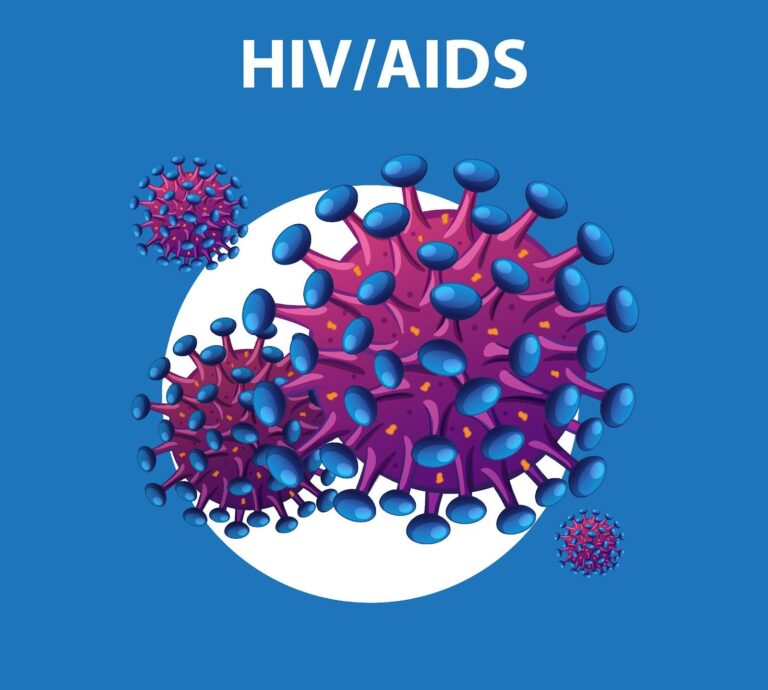Understanding the HIV/AIDS Epidemic in Syria
HIV/AIDS remains a significant public health challenge in Syria. The ongoing conflict has exacerbated the situation, leading to disruptions in healthcare services and increased vulnerability among the population. In such a tumultuous environment, access to treatment is critical yet severely compromised.
The Impact of Conflict on Healthcare Access
The war in Syria has devastated much of the healthcare infrastructure. Hospitals have been destroyed or repurposed, and many healthcare workers have fled the country. This destruction makes it difficult for those living with HIV/AIDS to receive necessary medical care and support.
Social Stigma and Discrimination
Stigma surrounding HIV/AIDS in Syria poses another barrier to treatment. Many people fear social repercussions for disclosing their HIV status, leading to a reluctance to seek medical help. Addressing these social attitudes is essential for improving the lives of those affected by the disease.
International Support and Initiatives
International organizations play a pivotal role in addressing the HIV/AIDS crisis in Syria. They provide vital resources and support to those affected by the epidemic, striving to ensure that treatment and education are accessible despite the conflict. For more information on this critical issue, visit this resource.
The Importance of Awareness and Education
Raising awareness and educating the public about HIV/AIDS can significantly reduce stigma. By informing communities about the realities of the disease, we can foster a more supportive environment for those affected. Education initiatives are essential to combat misinformation and encourage testing and treatment.
Conclusion
Addressing the HIV/AIDS epidemic in Syria requires a comprehensive approach. From increasing access to healthcare to reducing stigma, multiple strategies must be implemented to help those affected. Only through collective efforts can we hope to improve the situation for those living with HIV/AIDS in Syria.

